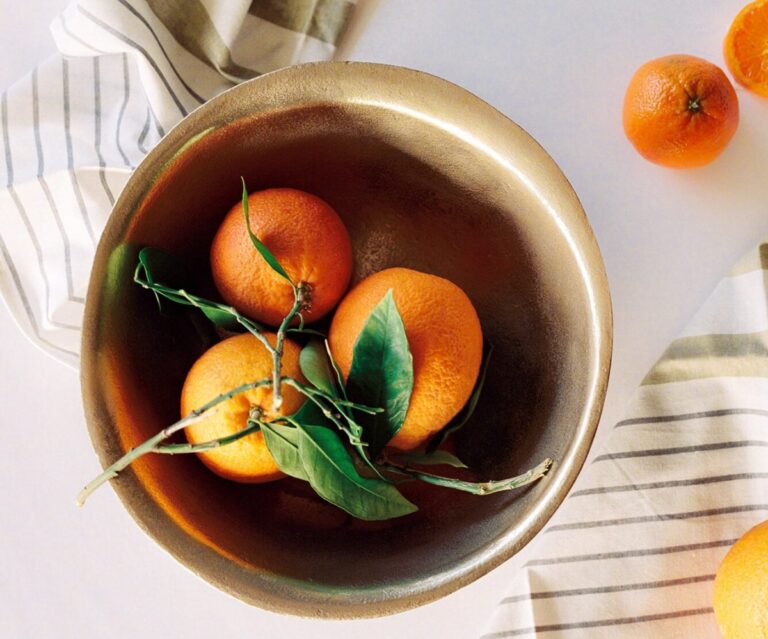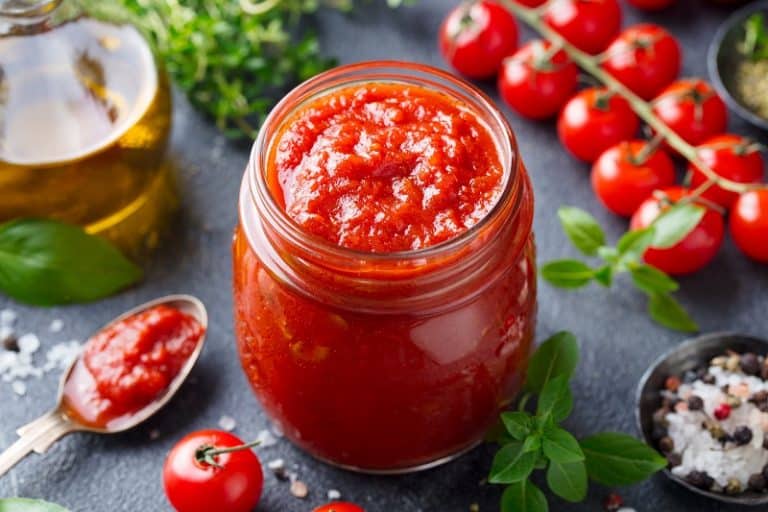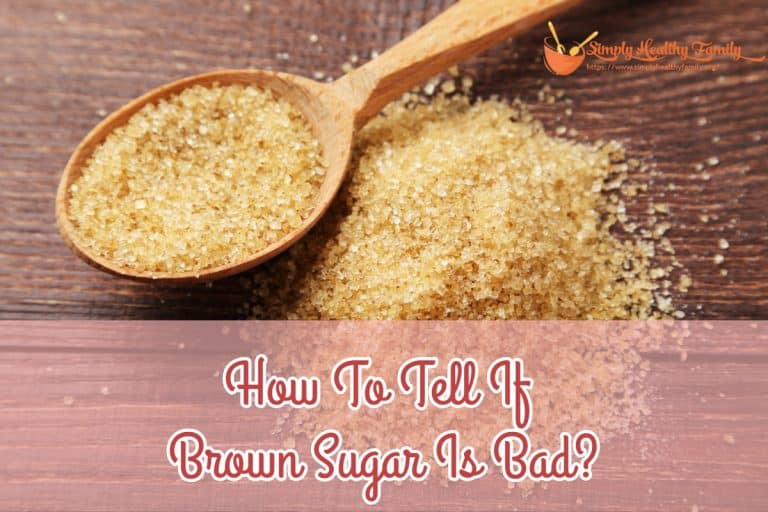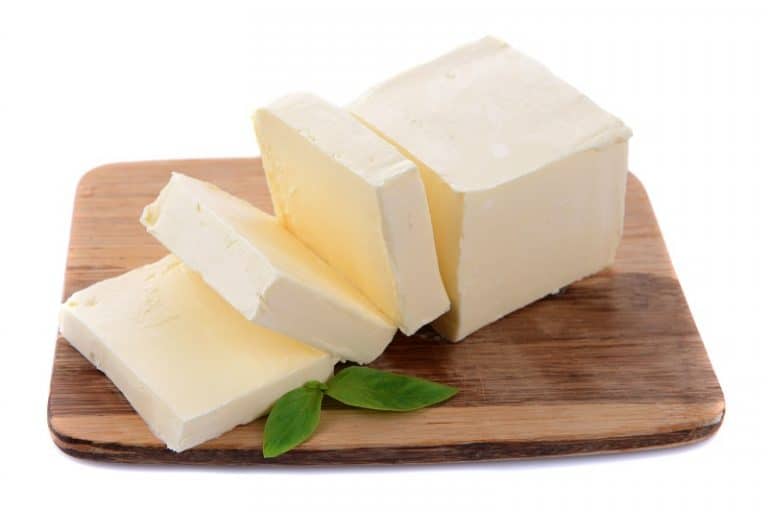The Best Subtitutes for Cornstarch & Why They Work
Cornstarch has so many uses in the kitchen and can seem like an essential ingredient to get the thickness or special texture you want in a dish or to stabilize foods in some of your favorite recipes. But is it healthy?
The truth about cornstarch may make you want to find alternatives. Cornstarch is like the white sugar of flours.
Containing mostly starch and packed with calories and carbohydrates, cornstarch has little nutritional benefit.
Much in the same way that white sugar is the sweet but deadly outcome of a nutrition robbing process that takes away the natural fiber and vitamins in its original form as sugar cane, cornstarch is what is left of corn, which can be a nutritious whole food; in fact, corn in one of the main components of many indigenous diets.
However, the process of turning whole corn to flour removes the natural fibers and vitamins that it contains. Because of its high sugar content, cornstarch is not the best ingredient for those watching their blood sugar or cholesterol.
Of course, high calories and carbohydrates are contraindicated for weight loss and those at risk of obesity. So whether you are just out of cornflour and looking for substitutes rather than a sudden trip to the supermarket, or if you are thinking of making healthier choices and looking for alternatives to cornstarch in your favorite recipes, this article will give you all you need to know on how to make your favorite foods without cornstarch.
With so many potential substitutes for cornflour, many of them vegetarian, or even strictly vegan, you can branch out past the over-processed food and try some more healthful alternatives. Not all the substitutes are especially healthful, however, but we have included a full list of possibilities to get you through in a pinch.
You might want to read this: How To Cut A Papaya
Cornstarch Substitutes
Here is the list, with benefits and drawbacks to help you make an informed decision about cornflour.
1. Rice flour
As you can guess, rice flour is made from ground rice and is traditionally used in Asian cooking to make soups, desserts, and noodles.
Rice flour is relatively healthful when compared with cornstarch. Higher in dietary fiber and protein, and lower in carbohydrates, rice flour can provide a healthy alternative.
How to use:
Mix rice flour in warm, or even cold water to prevent lumps before adding it to foods.
2. Potato starch
Potato starch is a similarly nutritionally empty food compared with cornstarch and acts in a similar way in recipes. Highly processed, it is a powder made from the dried extract of starch from potatoes.
For that reason, it is a viable option of celiac and gluten intolerance. The process of making Potato starch removes most nutrients, but on the other hand, it is much lower in calories and carbohydrates than cornstarch, which makes it a good thickener that adds fewer calories to food.
How to use:
Add potato starch late in the cooking process, as too much heat can cause it to lose its thickening qualities.
3. Arrowroot flour
Arrowroot may be less familiar to you, so instead of including it for last-minute substitutions to save a trip to the supermarket, we are including it as a healthful alternative to seek out for the long term.
Arrowroot is one of the best substitutes for cornstarch because it has a similar thickening effect to cornstarch. However, it has a lot more fiber and calcium. Higher fiber levels mean that it breaks down in your system more slowly, without spiking blood sugar levels.
It is also gluten-free, useful in diets for those living with celiac disease or on a gluten-free diet for other reasons. Arrowroot flour is a nutritious substitute for cornstarch because it acts similarly to cornstarch but contains more dietary fiber.
How to use:
Use like cornstarch, but be aware that arrowroots may not mix well with dairy products.
4. Wheat flour
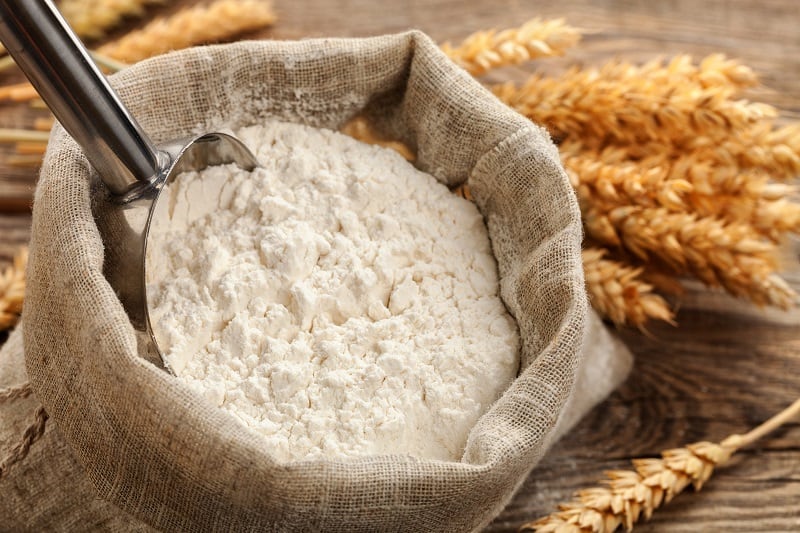
Wheat flour has more protein than cornstarch. It also contains higher levels of dietary fiber, as well as vitamins and minerals; and lower carbohydrates.
For all of these reasons, wheat flour is more nutritious than cornstarch. However, lower carbohydrates mean that wheat flour is less starchy, so you will need more of it to get that cornflour effect in your foods.
How to use:
Mix flour briskly (or whisk) in warm water to remove lumps. Look for an even consistency.
5. Sorghum flour
Sorghum flour is made from ground sorghum grain, which is high in protein, dietary fiber, and antioxidants. These qualities make it a good regulator of blood sugar and more healthful than cornstarch.
The additional high levels of magnesium, iron, B vitamins, phosphorus, and niacin, make sorghum flour a very healthy alternative to cornstarch. It is also gluten-free, and therefore suitable for celiac and gluten intolerance.
How to use:
Sorghum flour is a wonderful thickener for stews, soups, and chowders.
6. Xanthan gum
Xanthan gum is made from bacterially-fermented sugars using a bacteria called Xanthomonas campestris.Enter your text here…
It is useful as a thickener, emulsifier, and gelling agent, but be advised; it contains even fewer nutrients than cornstarch.
7. Cassava or tapioca flour
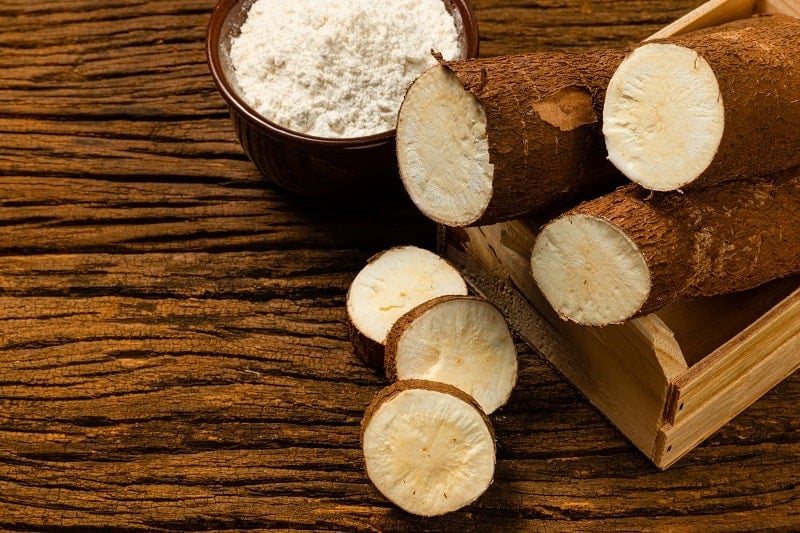
Cassava flour is a fine white powder made from ground cassava root. Tapioca flour is made from dried ground starch extracted from cassava.
Cassava is a healthful substitute for cornstarch, especially for those with diabetes or prediabetes, because it has a lower glycemic index score than wheat flour. Additionally, cassava flour has significantly fewer carbohydrates than cornstarch.
8. Guar gum
Guar gum is made from grinding guar bean seeds and appears as a fine powder. It is used as a thickener and stabilizer and has an emulsifying effect similar to that of cornstarch.
Guar gum is very nutritious, with fewer calories and carbohydrates and more dietary fiber than cornstarch, making it a healthful alternative.
Guar gum forms a thick gel in the intestines, which means that it slows digestion and makes you feel fuller, longer. This aids in weight loss, preventing obesity and stabilizing blood sugar levels, which is good for diabetics, and those at risk for developing diabetes.
Guar gum also promotes healthy cholesterol levels, healthy digestion, and higher levels of mineral and vitamin absorption.
How to use:
Use like cornstarch in your favorite recipes.
9. Glucomannan
Glucomannan is made from the roots of the konjac plant (a.k.a., elephant yam).
It is extremely viscous and water absorptive, which makes it an excellent thickener. It also has high fiber and fewer calories than cornstarch.
Read Article: Milk Shake vs. Malt
Additional alternatives
The following ingredients can be added to stabilize, blend, or thicken foods. Although not true substitutes for cornflour, they can provide you with some ideas and inspiration on how to get the effect of cornstarch without the empty calories.
You can add blended vegetables and fruits to recipes to thicken recipes. Additionally, yogurt and milk are helpful thickeners as well, adding calcium and protein to foods. And coconut milk is a delicious thickener, adding flavor and richness as well.
Related Content: Substitute for Dijon Mustard, what else can you use as an alternative?

